Heatherwick Studio completes its first Maggie’s Centre
Located within the campus of St. James’s University Hospital, Maggie's Leeds is the charity's 26th centre in the UK and the first completed healthcare project designed by Heatherwick Studio
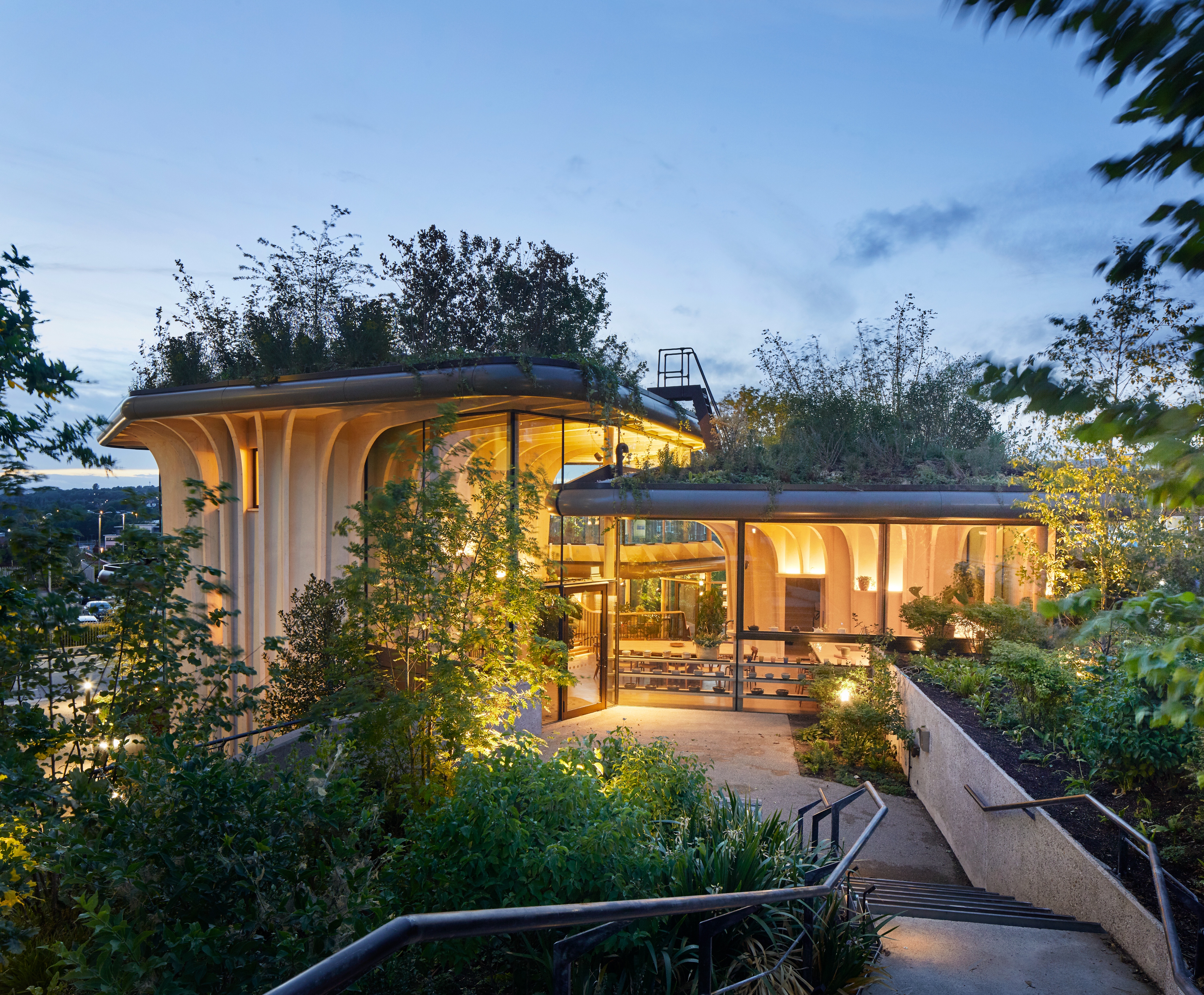
Hufton + Crow - Photography
Now numbering 26 in the UK, Maggie's Centres have established their own kind of architectural typology. In these special spaces – that function somewhere between a home, social space and a place of medical care – patients, friends and family of those affected by cancer can receive practical and emotional support. Built primarily within hospital grounds, Maggie’s Centres are renowned for their peaceful architecture and gardens, as much as their exceptional respite.
The late co-founder, designer and writer Maggie Keswick Jencks, drew from her own experiences of having cancer to create this specialised form of care, centred on the belief that people should not lose the joy of living in the fear of dying. Both landscape and spatial design would come to play a crucial role. Her husband, theorist, historian and landscape architect Charles Jencks, who passed away in October 2019, helped devise the network of centres, each created by an architect or studio of note.
Each space has its own aesthetic – Ab Rogers' Royal Marsden Maggie's Centre which completed earlier this year, boasts calculated colour pops to draw attention, while Wilkinson Eyre Architect's space hides in the forested grounds Oxford's Churchill Hospital like a treehouse sanctuary. The newest centre in Leeds – designed by Heatherwick Studio – boasts curving timber beams, plenty of light, and calming wood tones throughout.
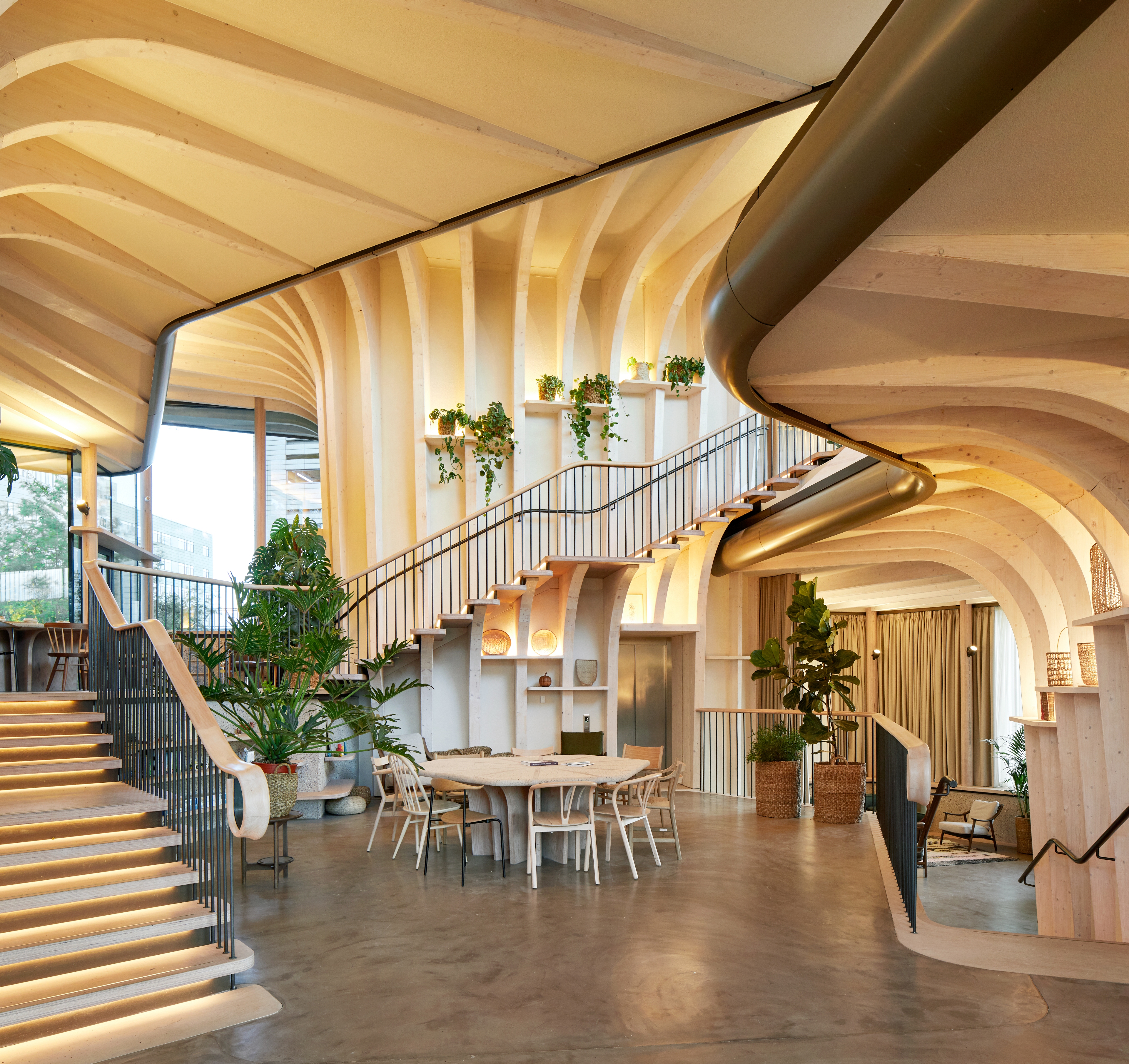
‘Our aim was to build a home for people affected by cancer that would be soulful and welcoming, unlike other typical clinical environments,' explains Thomas Heatherwick. ‘By only using natural, sustainable materials and immersing the building in thousands of plants, there was a chance for us to make an extraordinary environment capable of inspiring visitors with hope and perseverance during their difficult health journeys.'
Set across three volumes, the space is designed as a group of large-scale ‘planters' – with foliage sprouting from the roofs – each enclosing a counselling room. These surround a communal kitchen, a library and excercise room. Upholding the belief that great design can help people feel better, the studio encorporated ‘healthy' materials. The use of porous lime plaster, for instance, helps to maintain the internal humidity of the naturally-ventilated building.
As with most Maggie's centres, in line with the late founders' passion for gardening, the cultivated outside space holds particular importance. Head to the roof to discover Balston Aguis' Yorkshire woodlands-inspired landscape. Native English species of plants nestle alongside areas of evergreen to provide warmth in the winter months. Visitors are encouraged to participate in the care of the 23,000 bulbs and 17,000 plants on site.
‘Maggie’s Leeds has been a very special project for me and my team,' Heatherwick continues. ‘We are convinced that there are kinder, more empathic ways to design places that can have powerful impacts on the way that we feel. This is particularly important in the design of healthcare environments, but is so frequently overlooked.'
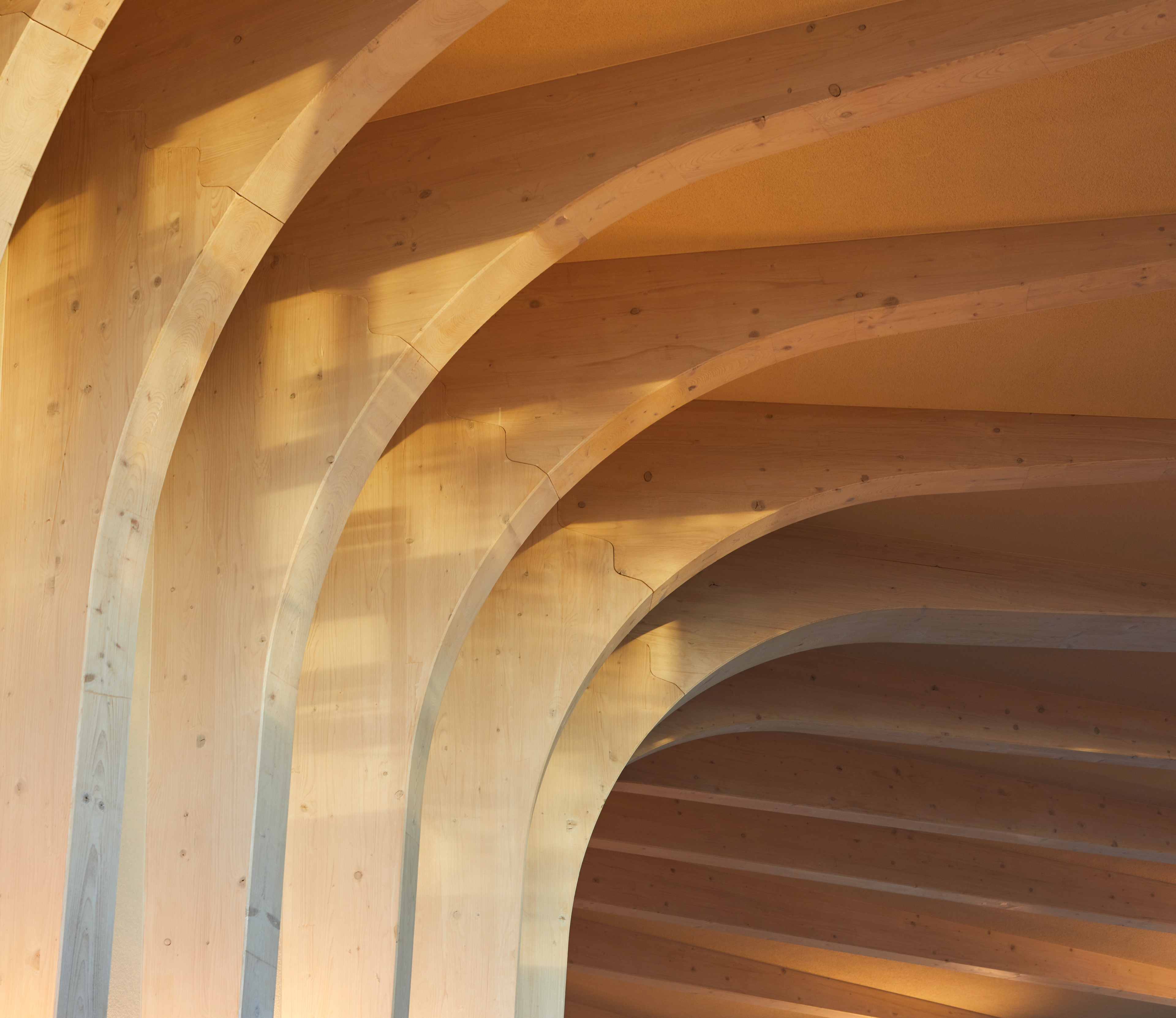

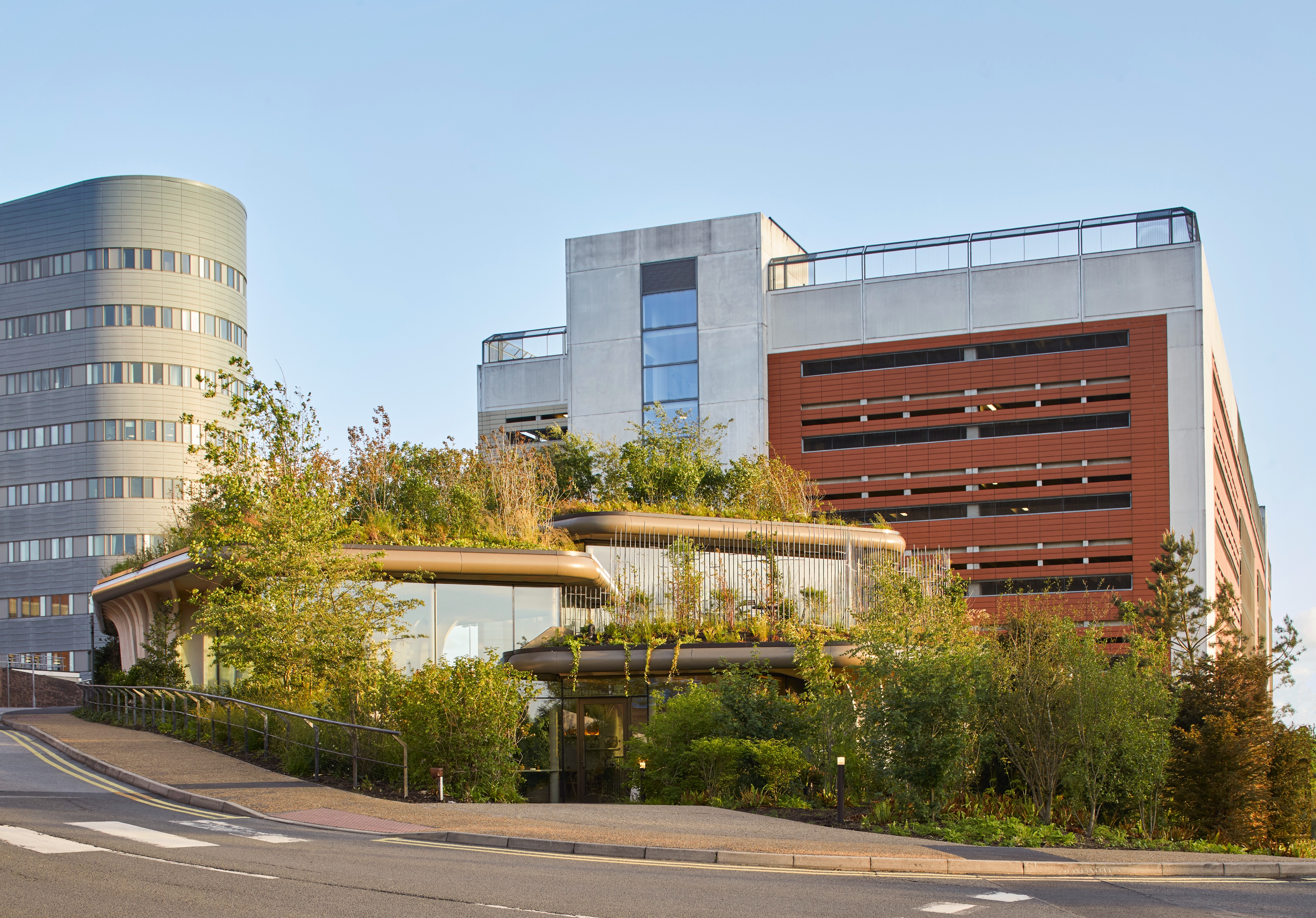
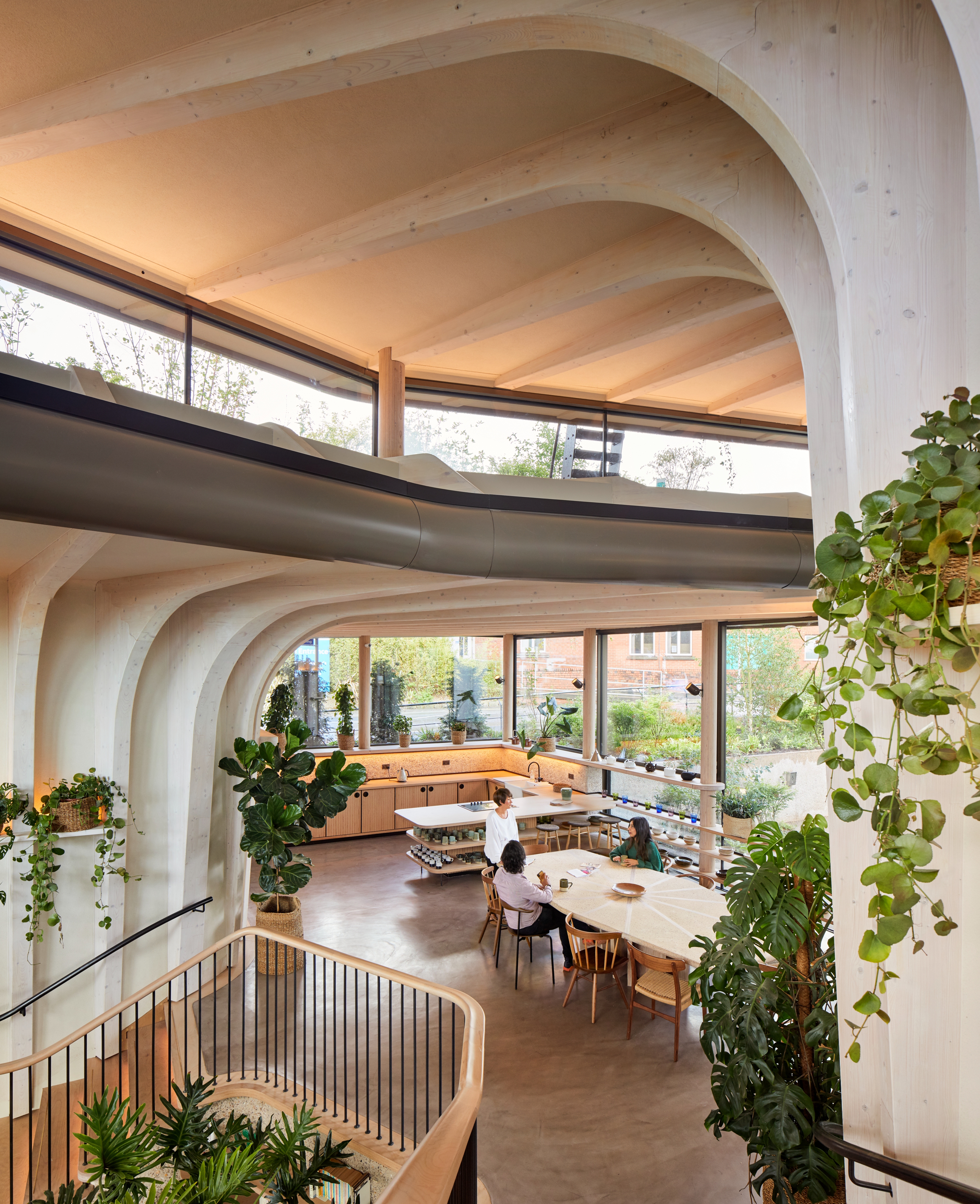
INFORMATION
Wallpaper* Newsletter
Receive our daily digest of inspiration, escapism and design stories from around the world direct to your inbox.
Elly Parsons is the Digital Editor of Wallpaper*, where she oversees Wallpaper.com and its social platforms. She has been with the brand since 2015 in various roles, spending time as digital writer – specialising in art, technology and contemporary culture – and as deputy digital editor. She was shortlisted for a PPA Award in 2017, has written extensively for many publications, and has contributed to three books. She is a guest lecturer in digital journalism at Goldsmiths University, London, where she also holds a masters degree in creative writing. Now, her main areas of expertise include content strategy, audience engagement, and social media.
-
 Marylebone restaurant Nina turns up the volume on Italian dining
Marylebone restaurant Nina turns up the volume on Italian diningAt Nina, don’t expect a view of the Amalfi Coast. Do expect pasta, leopard print and industrial chic
By Sofia de la Cruz
-
 Tour the wonderful homes of ‘Casa Mexicana’, an ode to residential architecture in Mexico
Tour the wonderful homes of ‘Casa Mexicana’, an ode to residential architecture in Mexico‘Casa Mexicana’ is a new book celebrating the country’s residential architecture, highlighting its influence across the world
By Ellie Stathaki
-
 Jonathan Anderson is heading to Dior Men
Jonathan Anderson is heading to Dior MenAfter months of speculation, it has been confirmed this morning that Jonathan Anderson, who left Loewe earlier this year, is the successor to Kim Jones at Dior Men
By Jack Moss
-
 This 19th-century Hampstead house has a raw concrete staircase at its heart
This 19th-century Hampstead house has a raw concrete staircase at its heartThis Hampstead house, designed by Pinzauer and titled Maresfield Gardens, is a London home blending new design and traditional details
By Tianna Williams
-
 An octogenarian’s north London home is bold with utilitarian authenticity
An octogenarian’s north London home is bold with utilitarian authenticityWoodbury residence is a north London home by Of Architecture, inspired by 20th-century design and rooted in functionality
By Tianna Williams
-
 What is DeafSpace and how can it enhance architecture for everyone?
What is DeafSpace and how can it enhance architecture for everyone?DeafSpace learnings can help create profoundly sense-centric architecture; why shouldn't groundbreaking designs also be inclusive?
By Teshome Douglas-Campbell
-
 The dream of the flat-pack home continues with this elegant modular cabin design from Koto
The dream of the flat-pack home continues with this elegant modular cabin design from KotoThe Niwa modular cabin series by UK-based Koto architects offers a range of elegant retreats, designed for easy installation and a variety of uses
By Jonathan Bell
-
 Are Derwent London's new lounges the future of workspace?
Are Derwent London's new lounges the future of workspace?Property developer Derwent London’s new lounges – created for tenants of its offices – work harder to promote community and connection for their users
By Emily Wright
-
 Showing off its gargoyles and curves, The Gradel Quadrangles opens in Oxford
Showing off its gargoyles and curves, The Gradel Quadrangles opens in OxfordThe Gradel Quadrangles, designed by David Kohn Architects, brings a touch of playfulness to Oxford through a modern interpretation of historical architecture
By Shawn Adams
-
 A Norfolk bungalow has been transformed through a deft sculptural remodelling
A Norfolk bungalow has been transformed through a deft sculptural remodellingNorth Sea East Wood is the radical overhaul of a Norfolk bungalow, designed to open up the property to sea and garden views
By Jonathan Bell
-
 A new concrete extension opens up this Stoke Newington house to its garden
A new concrete extension opens up this Stoke Newington house to its gardenArchitects Bindloss Dawes' concrete extension has brought a considered material palette to this elegant Victorian family house
By Jonathan Bell